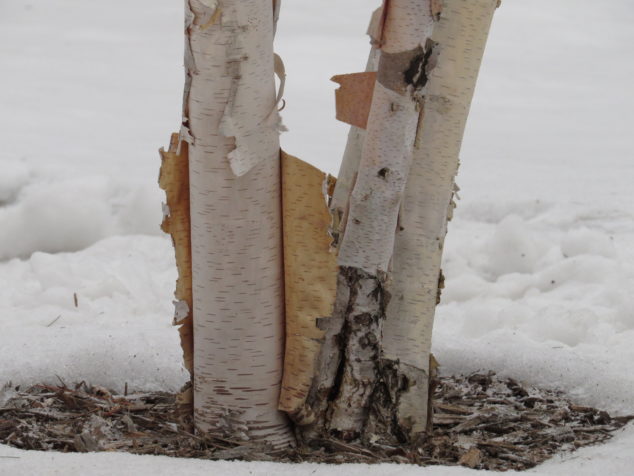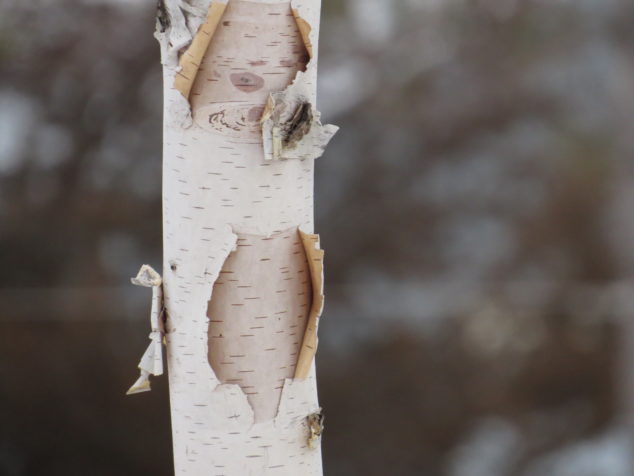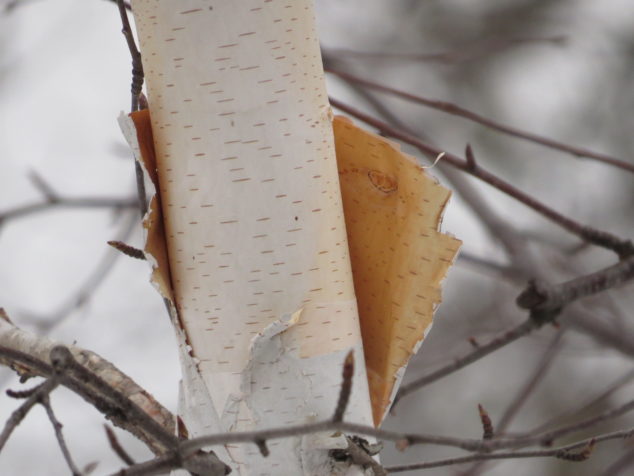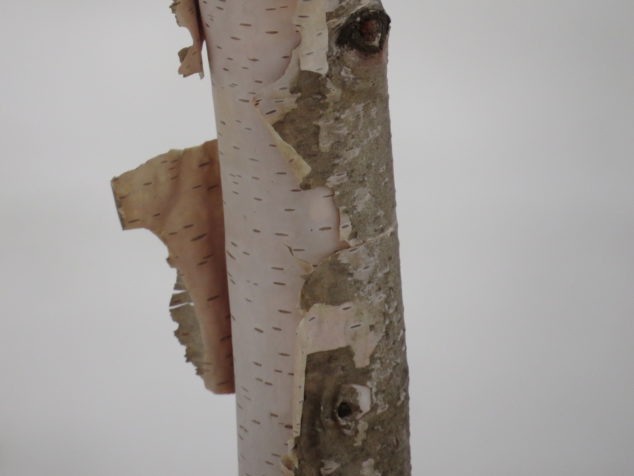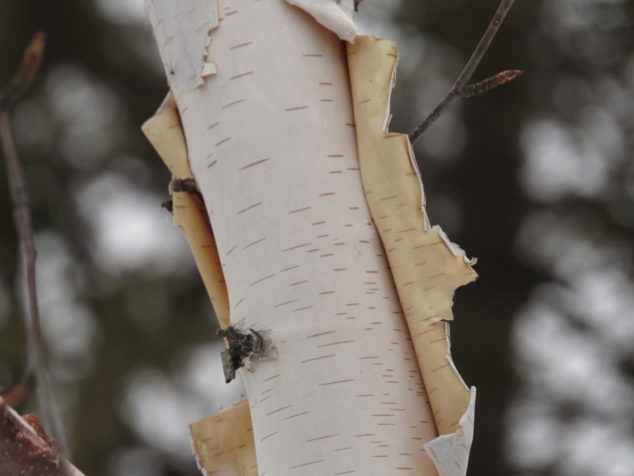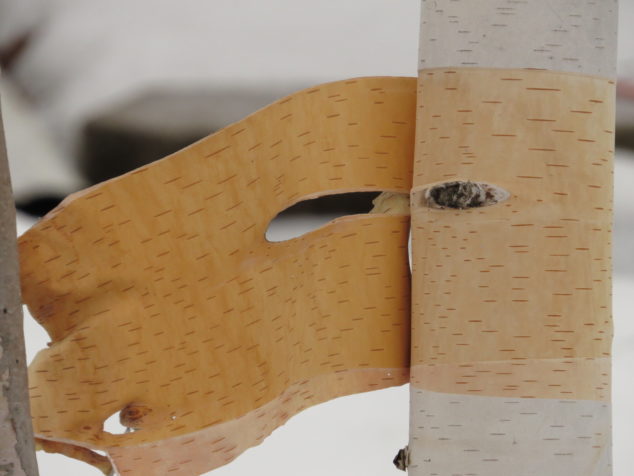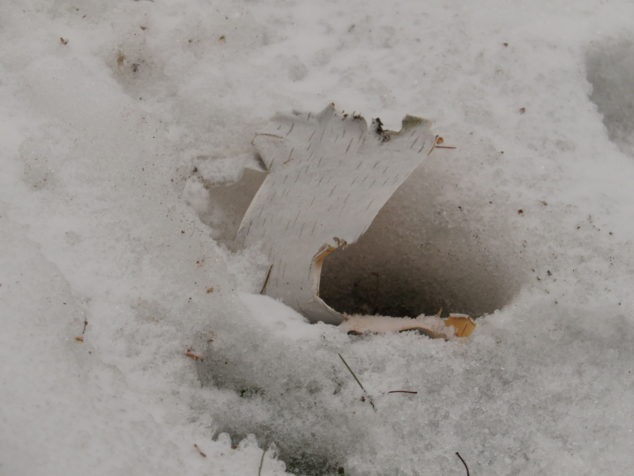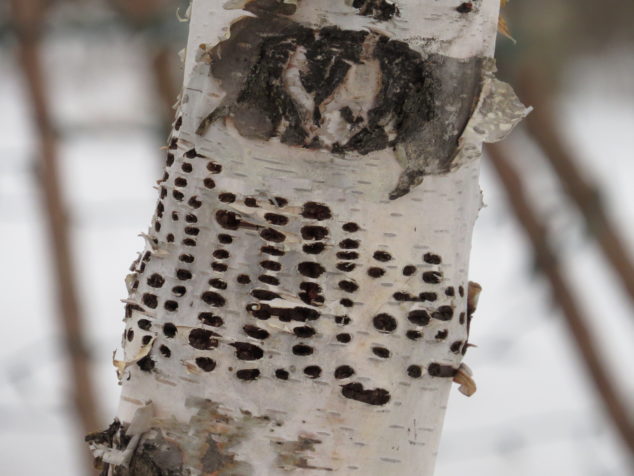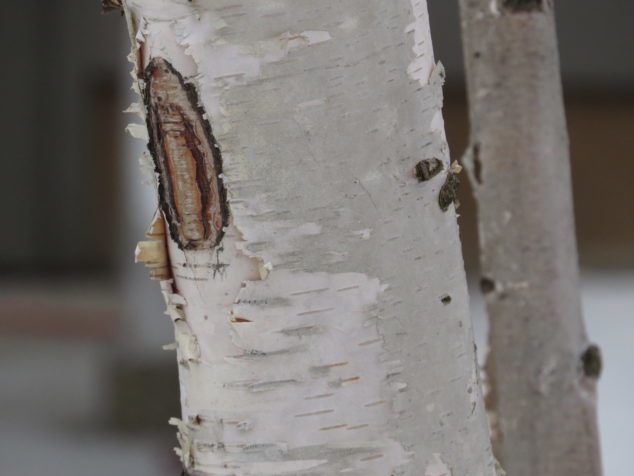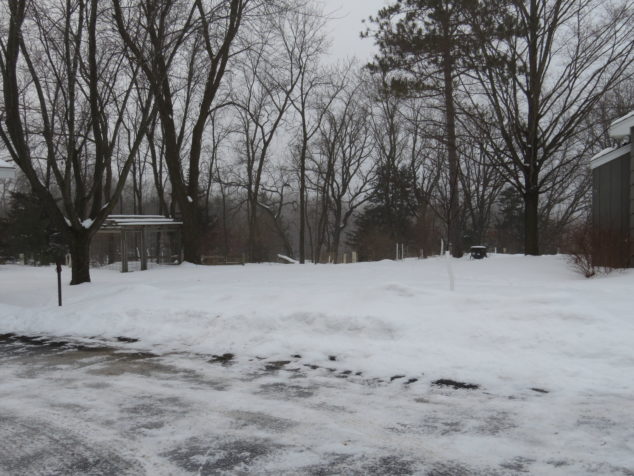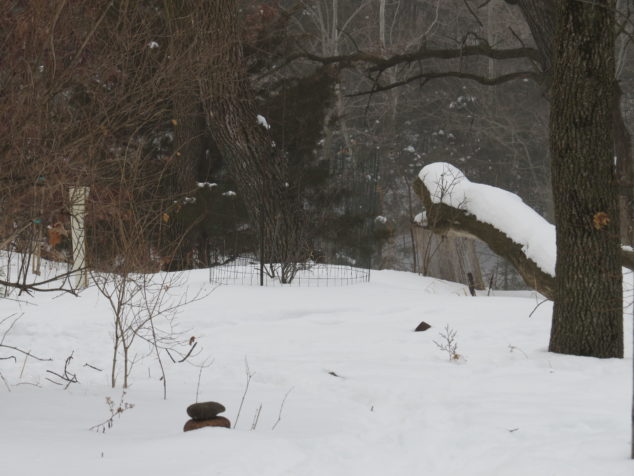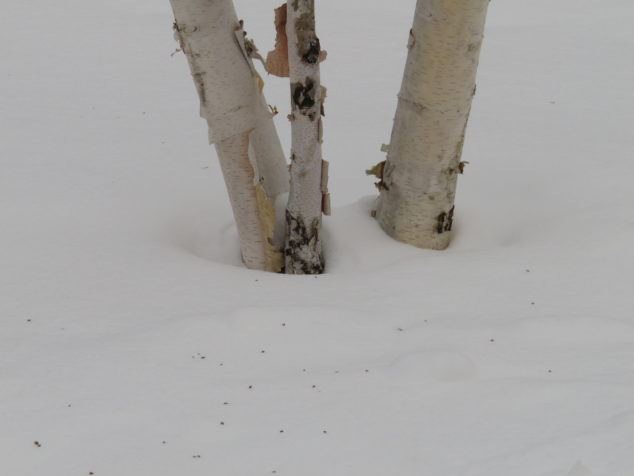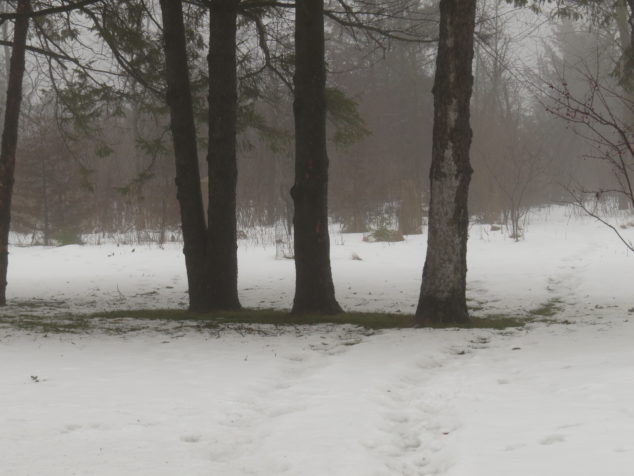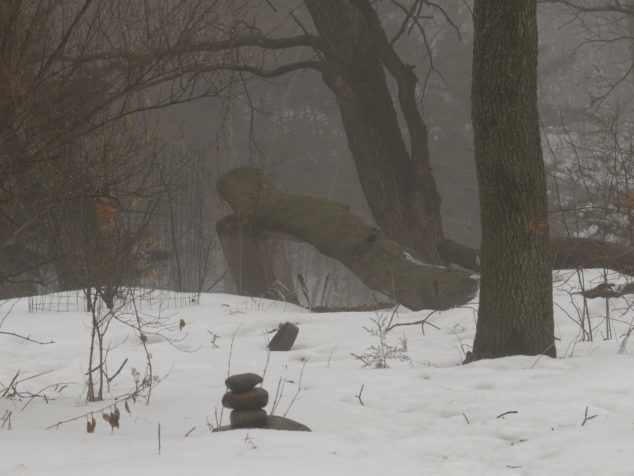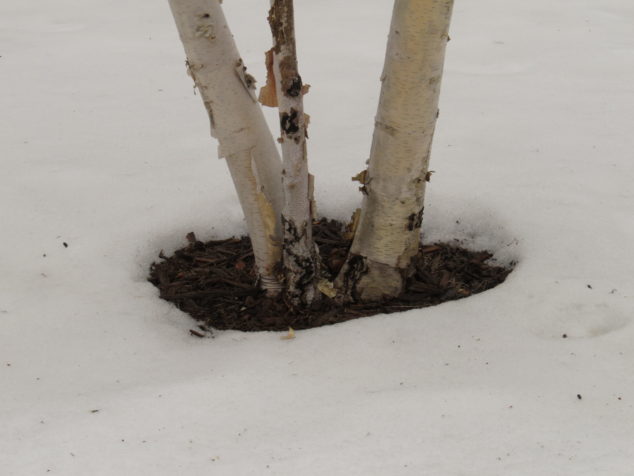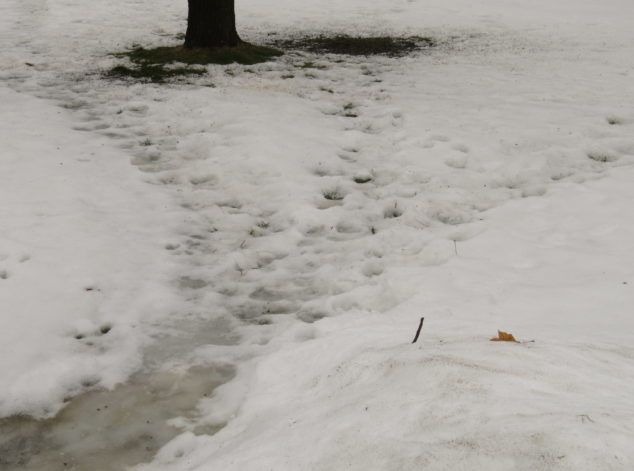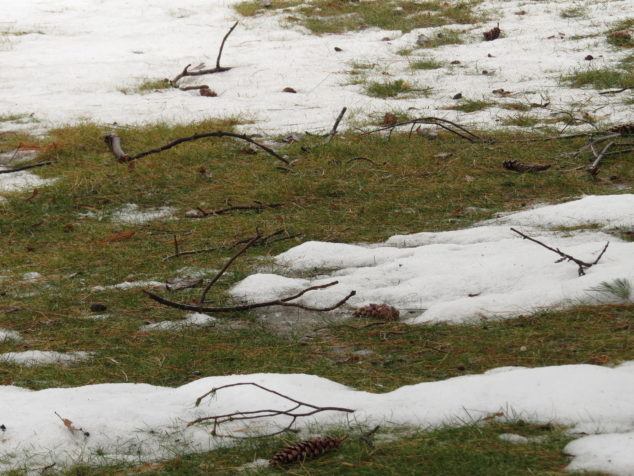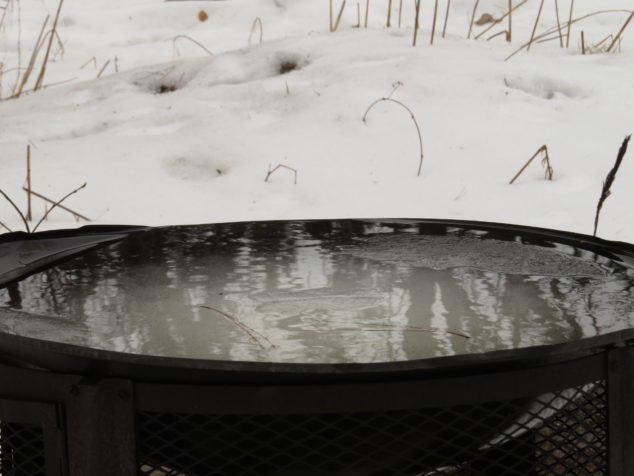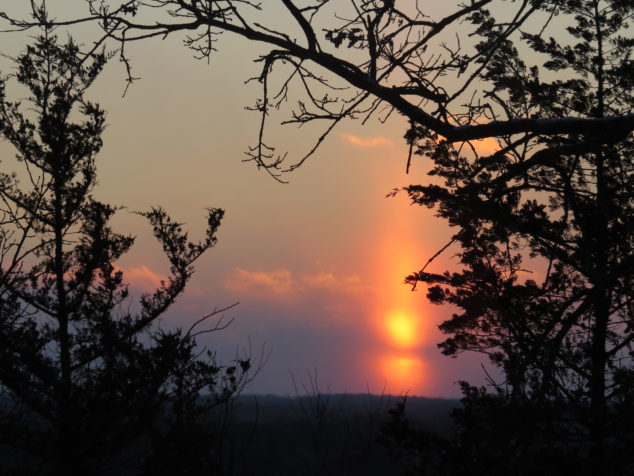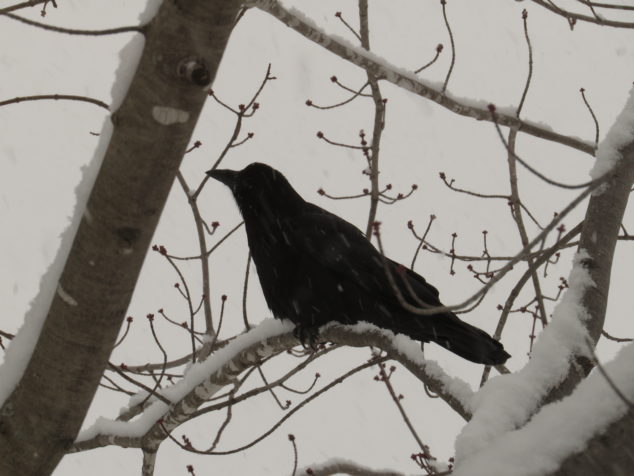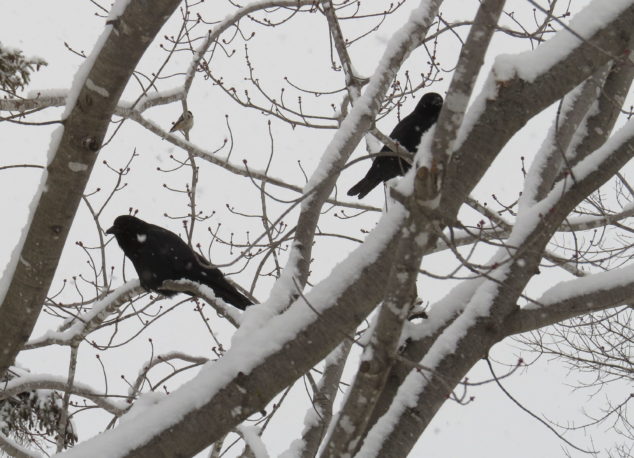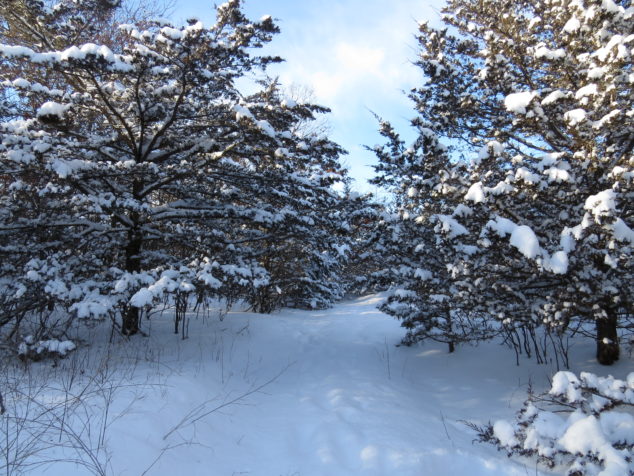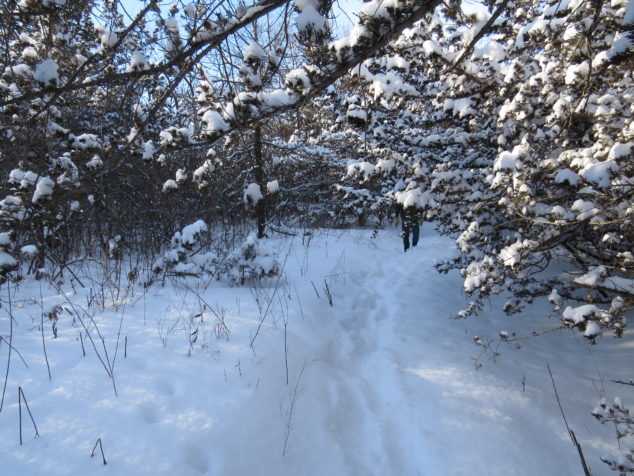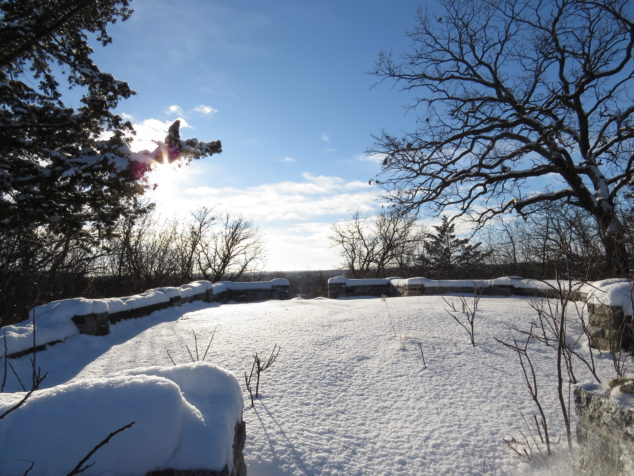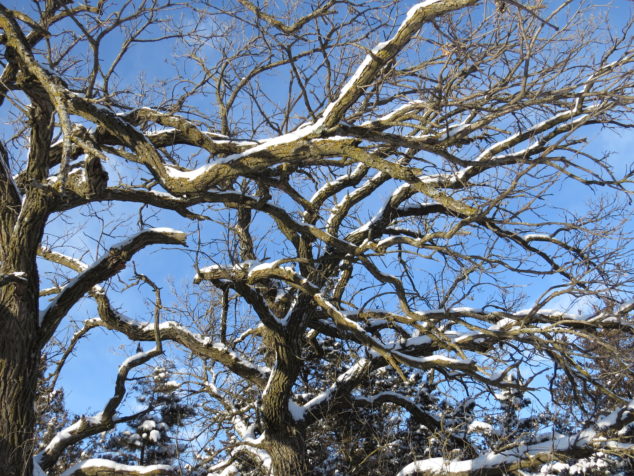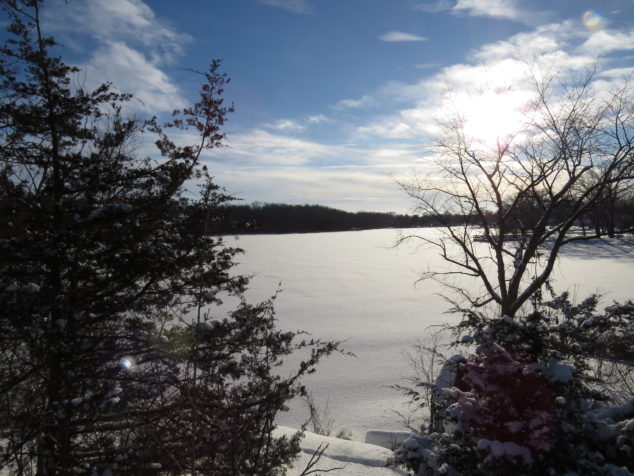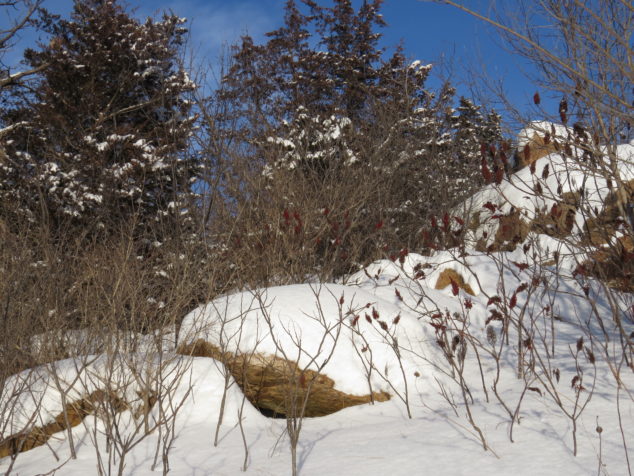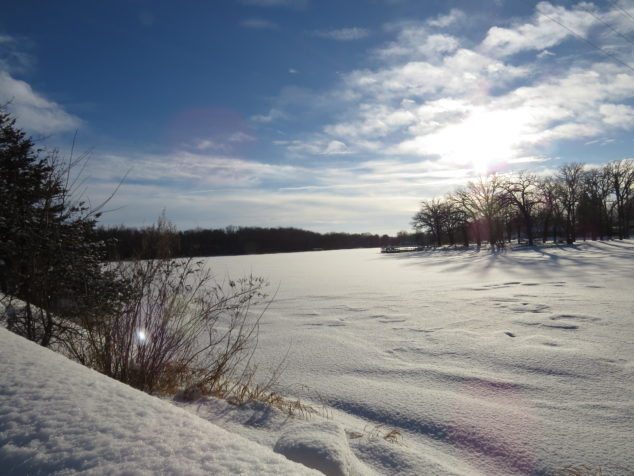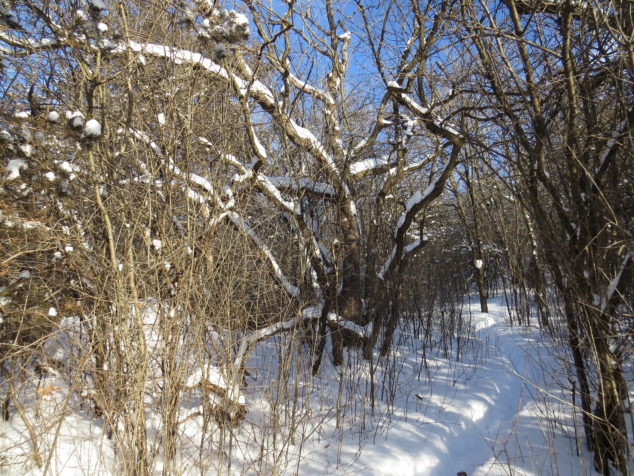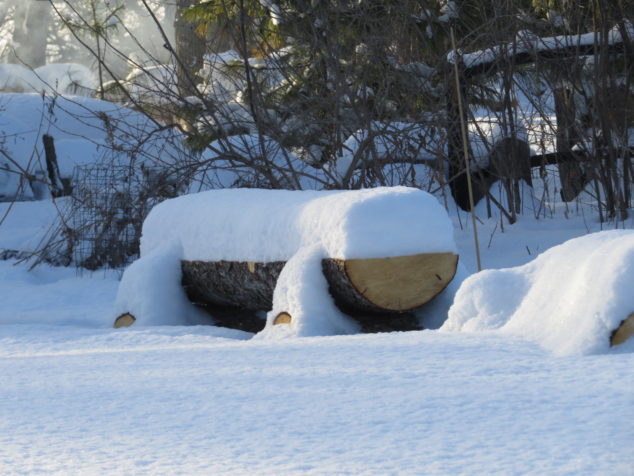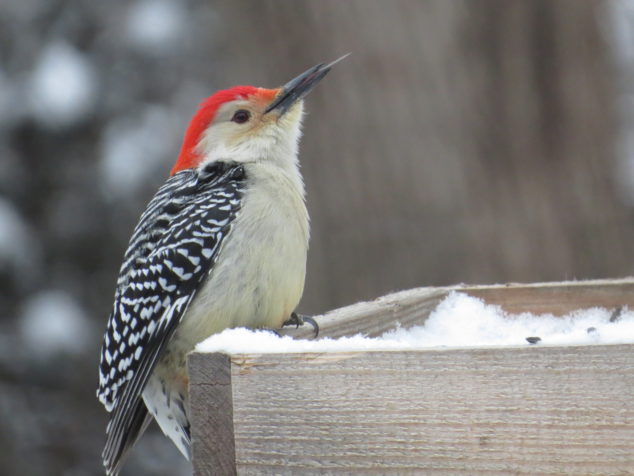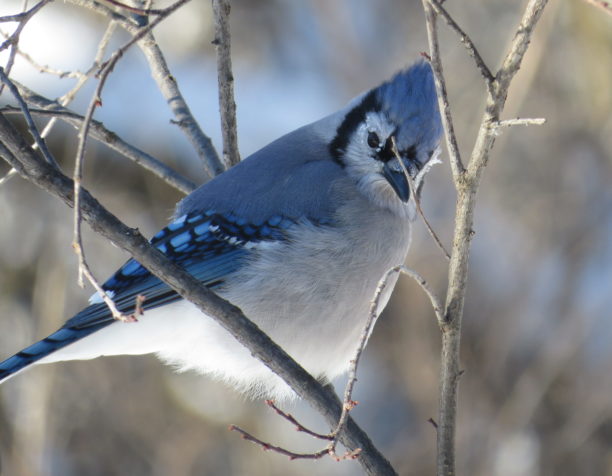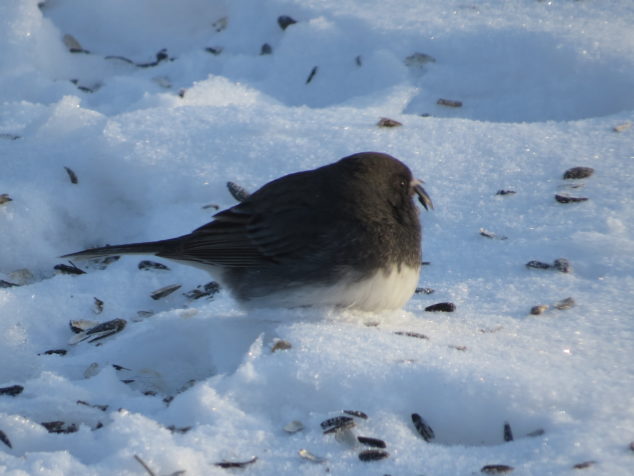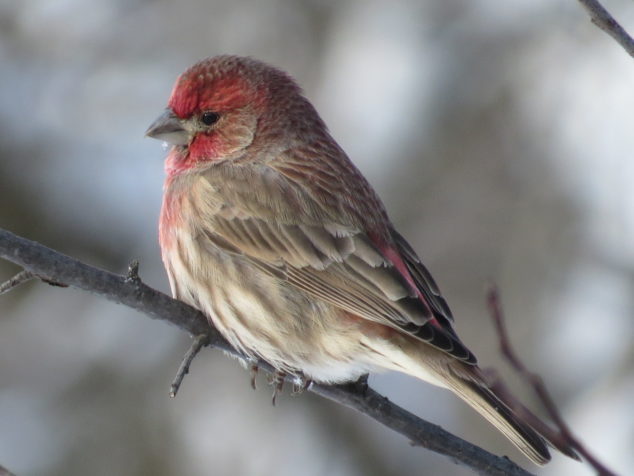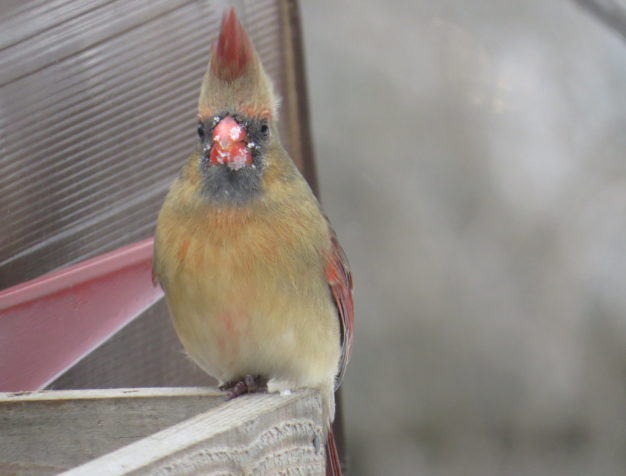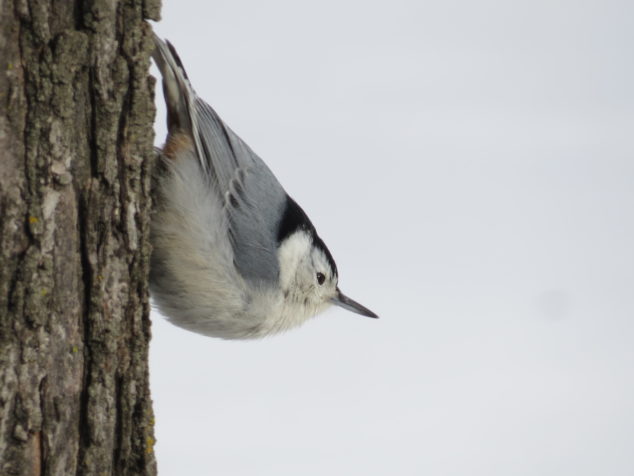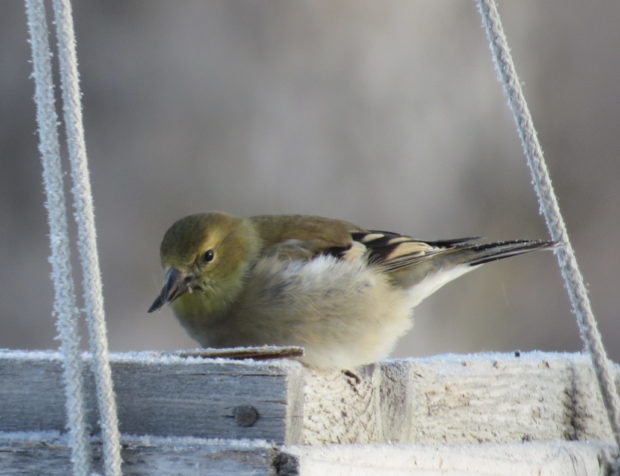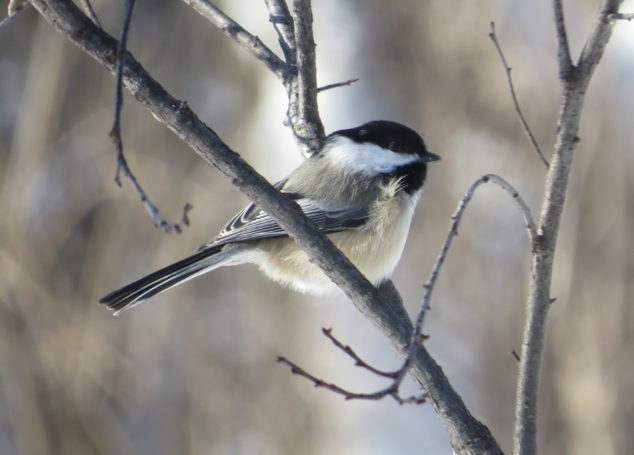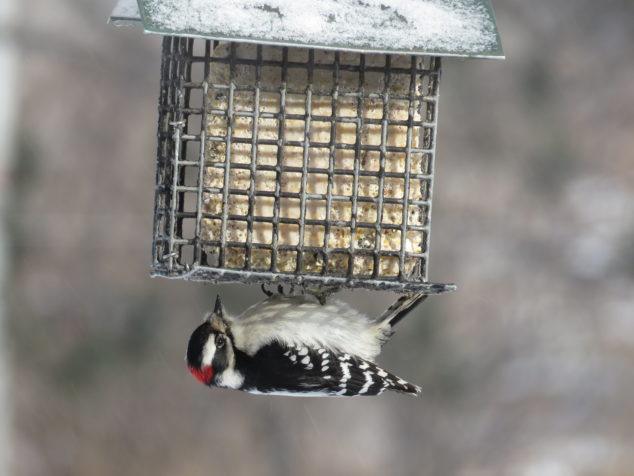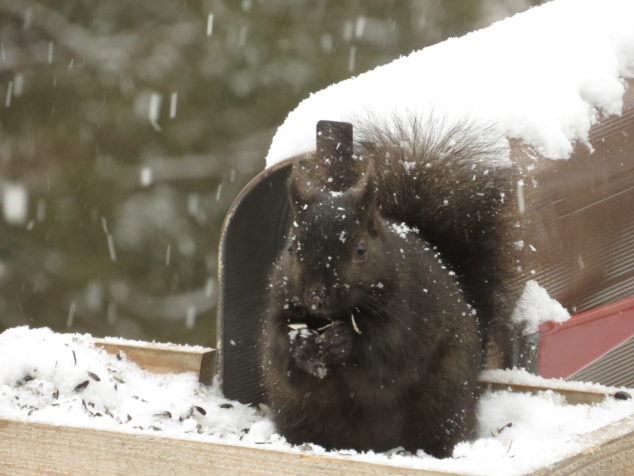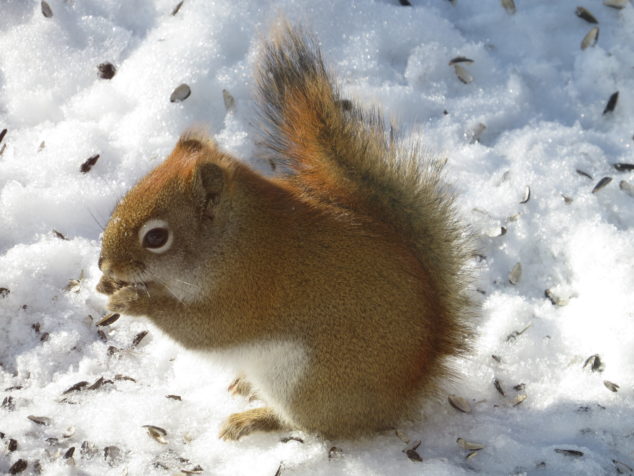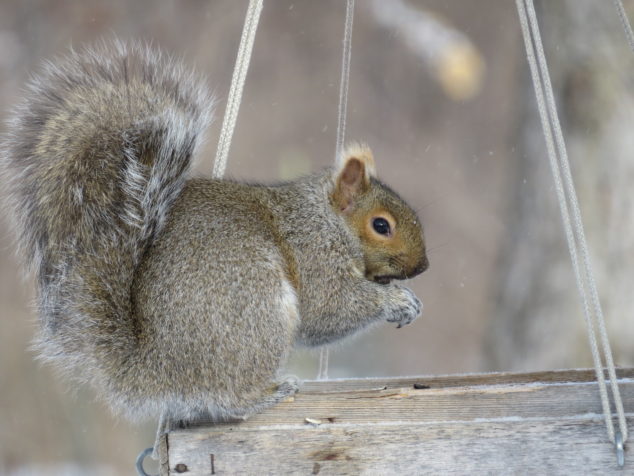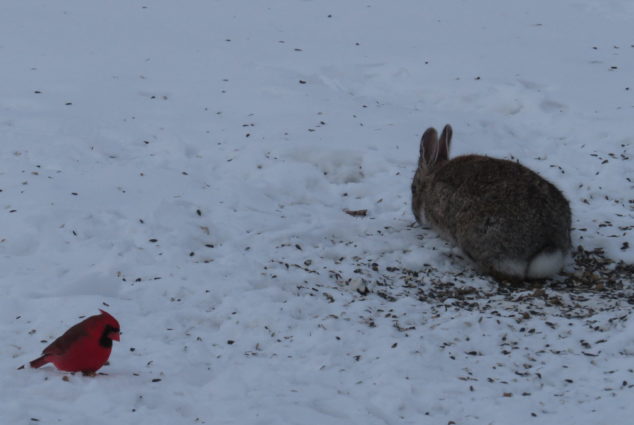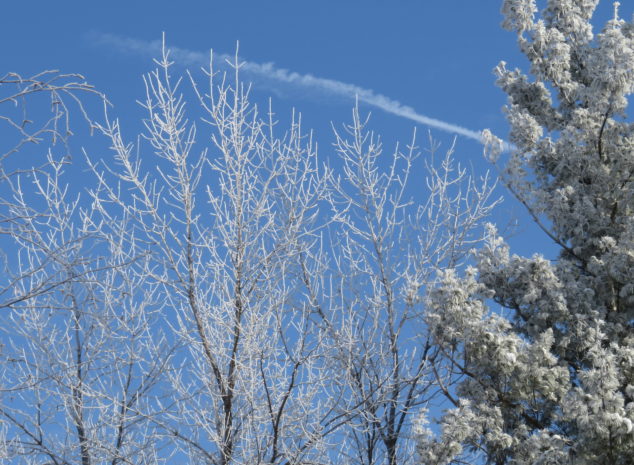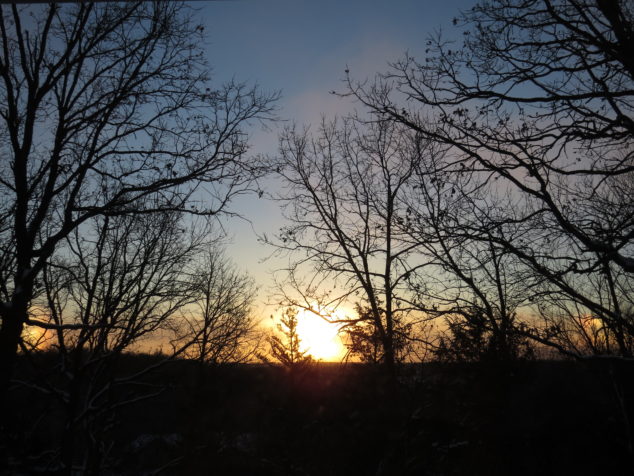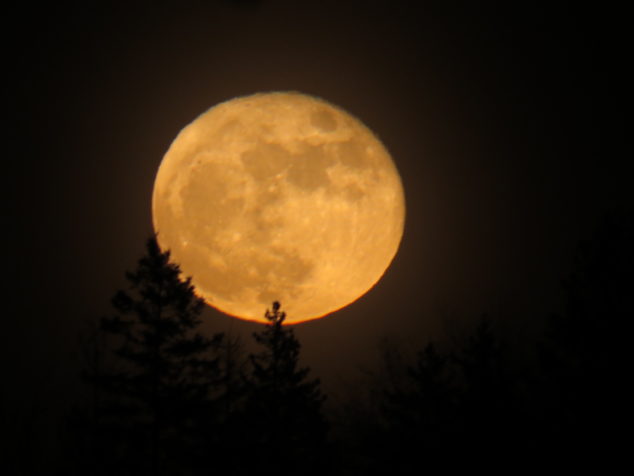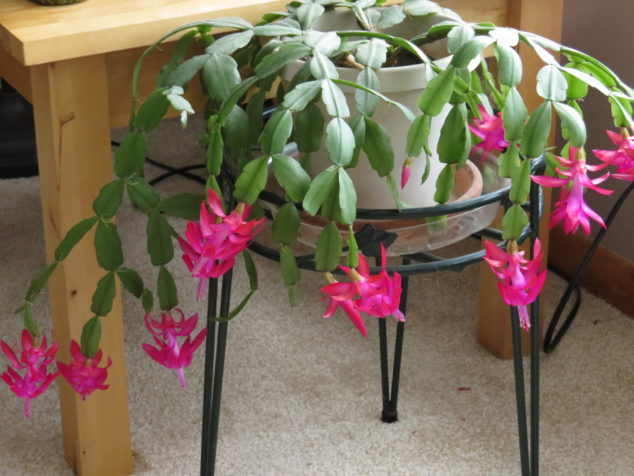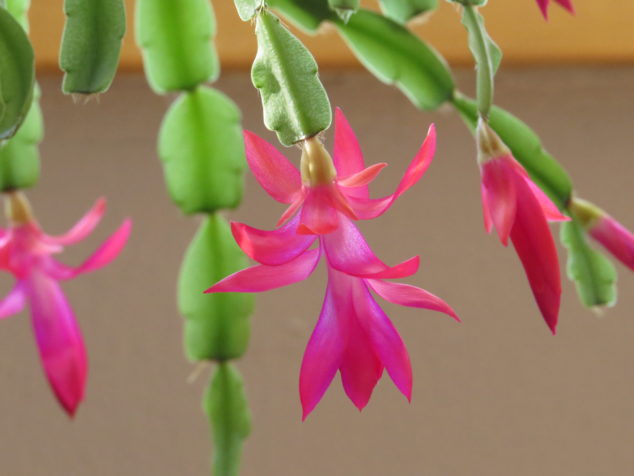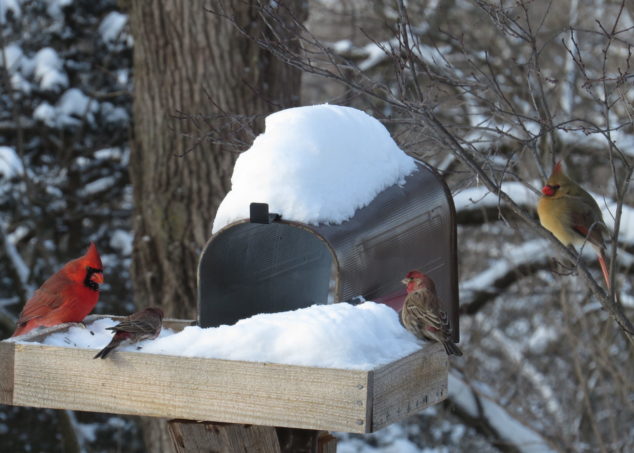All change is not growth, as all movement is not forward. –Ellen Glasgow
Yesterday I went back to school! Oh my gosh, do I love school! Sitting in the dim classroom with all the other students, getting the syllabus, seeing what’s on the agenda for the day, week, or semester, and meeting the new teacher or professor—it’s one of the best feelings! Actually, this time, my school was only for a one-day conference, but it was exciting, nonetheless, and represents something that is key to my life—learning and growing.
The Birch tree right outside our front door is growing, seemingly right before our eyes. Large and small swatches of white bark are peeling off the Paper Birch in horizontal strips.
It seems to just be bursting out of its bark!
Betula papyrifera is a fairly fast growing tree that will add 13″-24″ each year and is one of a few trees that annually sheds its bark.
Young Paper Birch bark is darker in color and when older than five years, the white bark will appear.
The Paper Birch is also called Canoe Birch, as the Native Americans and early fur trappers used the bark to make canoes, containers, and wigwams.
The bark has a high oil content making it an excellent fire starter even when wet and is what gives the bark its waterproof and weather resistant qualities.
The discarded bark was also used as paper to send messages to people, and we have been the lucky recipients of a few birch bark postcards when our kids lived up in the Northwoods for the summers.
One of the three trunks of our Birch was drilled by a woodpecker last summer in neatly spaced rows. Often they drill for sap and insects it attracts, preferring soft bark and high sugar content, both of which the Birch tree has.
This truck’s growth is not as exuberant as the other two and is probably using its energy to combat the injury from the woodpeckers and/or insects.
I am like the Birch tree with its burst of growth. Sometimes our growth comes when we choose it—like going back to school or taking a class to learn a new skill. Other times our growth happens from circumstances that present themselves to us—an opportunity for a new job or a trip to a different country. And then there are times of wounding—of injury or disease, of divorce or estrangement, of betrayal or abandonment—when our souls and hearts are drilled with holes, when it feels like our life-force is seeping out. It’s hard to believe that anything so devastating can lead to growth. At first, all our energy goes to stop the bleeding, to send out the immune cells that protect us from losing the battle when the first shots are fired. When stabilized, ever so slowly we begin to stitch together some new fabric, discarding the threads that no longer work and incorporating new ones that are stronger, more resilient and authentic. The winter of our discontent begins to wane in the face of the sun. Tiny shoots of new growth push up through the soil of darkness. Old beliefs peel away to reveal our smooth, authentic Self. The old bark has done its job, protecting us when we needed it, and then provides the kindling to ignite a new stage of growth. Be like the Birch tree!
